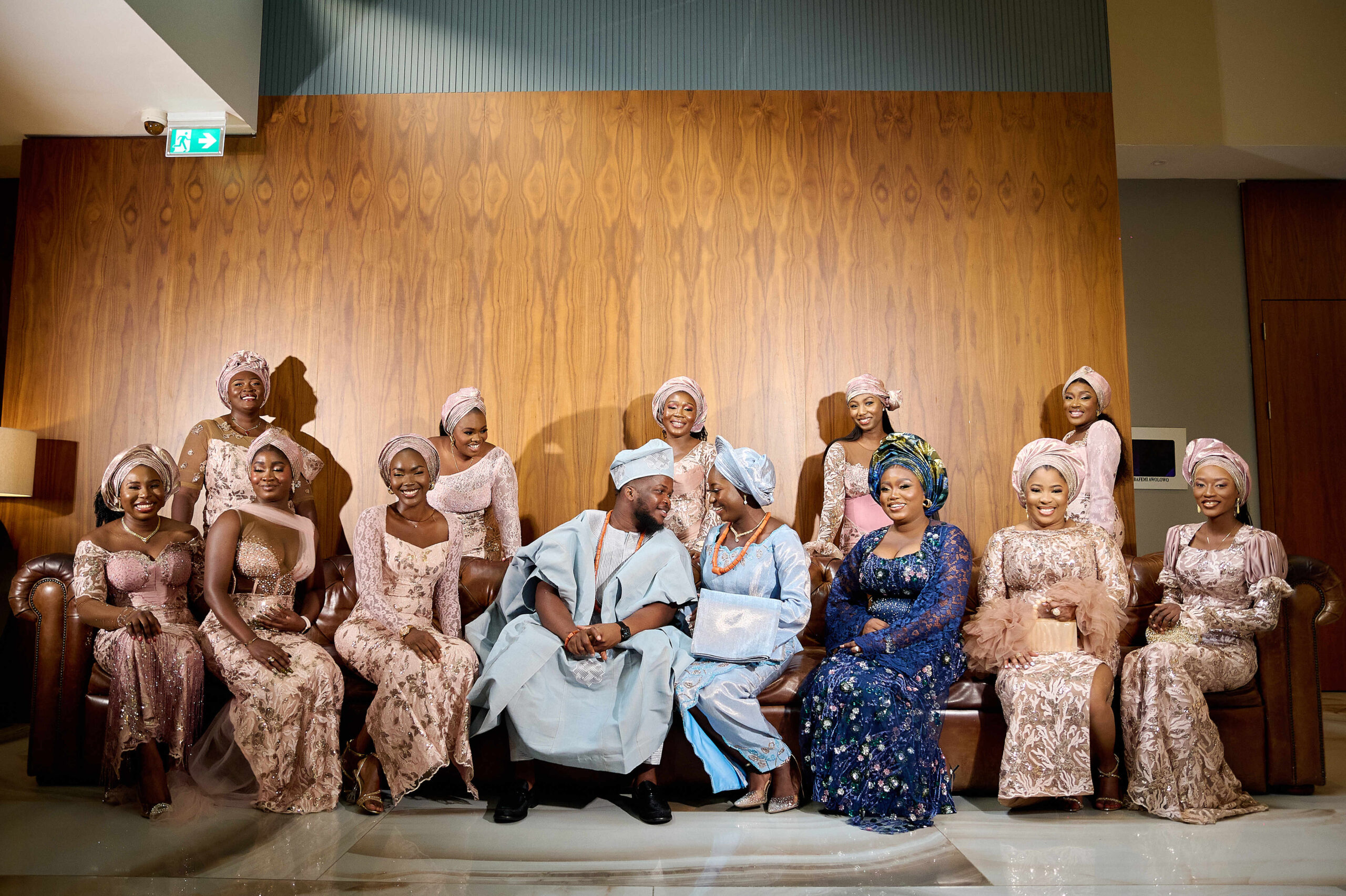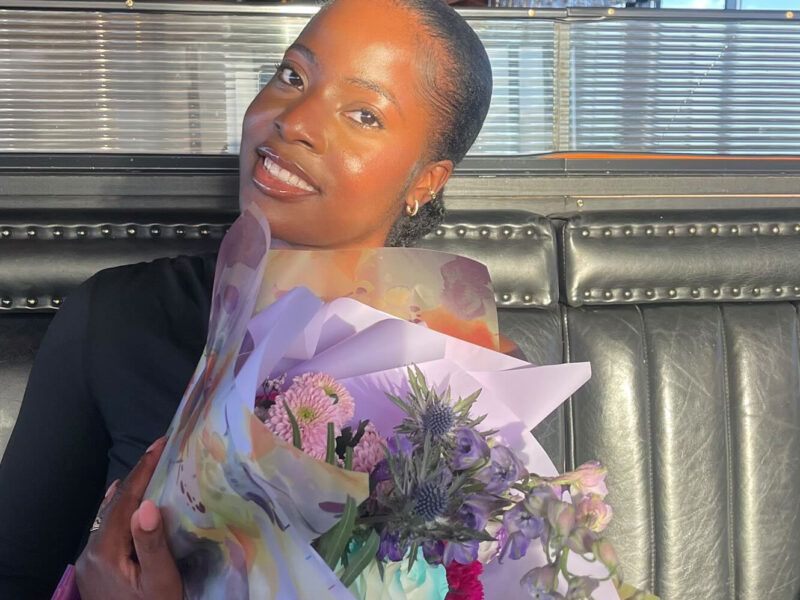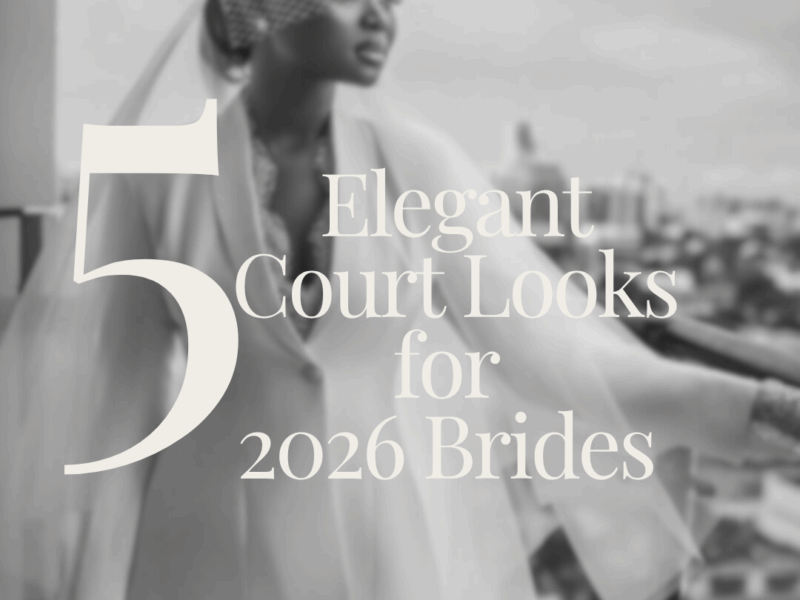One of the most exciting yet stressful parts of wedding planning is picking the perfect asoebi colour. In Nigeria, asoebi is more than just fabric—it’s a statement, a show of unity, and a crucial part of wedding aesthetics. But with so many opinions flying from aunties, cousins, and even in-laws, making the final decision can feel like an impossible task.
So, how do you choose an asoebi colour that is elegant, meaningful, and practical? Here are some expert tips to help you navigate the selection process and avoid unnecessary drama:
1. Start with Your Wedding Theme
Before picking an asoebi colour, consider the overall theme of your wedding. Is it a royal, extravagant affair or a soft, romantic setting? Darker shades like emerald green, navy blue, or wine work well for luxurious weddings, while pastel hues like blush pink, champagne gold, or lavender suit a more delicate, dreamy look.
2. Consider Your Skin Tone and Your Guests
Asoebi should flatter a variety of skin tones, as your guests will be diverse in complexion. Rich jewel tones like burgundy, teal, and burnt orange tend to look stunning on all shades, while neons or washed-out pastels may not be as versatile.
3. Check Fabric Availability
Some colours can be challenging to find in the right fabric, especially when choosing lace, brocade, or adire/ankara. Before making a final decision, consult with fabric vendors to confirm availability and pricing. There’s nothing worse than falling in love with a colour only to discover it’s rare or beyond budget. For a seamless asoebi coordination experience, reach out to @theowalife for expert concierge services.
4. Think About the Season and Venue
Certain colours pop better in different seasons. Light and airy shades like lilac, peach, and mint green are great for outdoor weddings, while deeper hues like wine, royal blue, and dark green work well for indoor, evening receptions.
5. Blend Tradition with Modern Trends
In Nigerian culture, family opinions matter, and you might find yourself caught between what you love and what the elders prefer. A good compromise? Mix modern trendy colours with a touch of traditional elements. For example, if your family insists on gold, pair it with a more vibrant shade like emerald or cobalt blue for a fresh, stylish twist.
6. Test the Colour in Photos
Colours look different under artificial lighting, outdoor daylight, and even on camera. Before finalizing, test fabric samples in different lighting conditions and take photos to ensure it photographs beautifully. After all, wedding pictures last forever!
7. Avoid Overly Common Colours
Some colours are overused. While classics never go out of style, adding a unique touch—like pairing deep wine with hints of rose gold—can set your wedding apart and make your asoebi stand out.
8. Coordinate With the Couple’s Attire
Your asoebi should complement, not clash but can have a contrast with the bride and groom’s outfits. If the bride is wearing white with gold accents, consider using gold asoebi with a bold secondary colour for contrast.
9. Have a Backup Plan
Sometimes, things don’t go as planned. Vendors might run out of fabric, or some guests may struggle to find the exact shade. Always have an alternative colour or fabric choice to avoid last-minute panic.
10. Keep It Elegant and Timeless
Trends come and go, but timeless colours like navy blue, champagne, emerald green, and blush pink always look classy. Choose something that won’t make you cringe when looking at wedding photos years later.
Asoebi is more than just fashion—it’s a cherished tradition that brings loved ones together in style. While choosing the perfect colour may come with a bit of “committee meeting wahala,” staying true to your vision and following these tips will make the process smoother.
At the end of the day, no matter what colour you pick, Nigerians will always show up and slay effortlessly.



